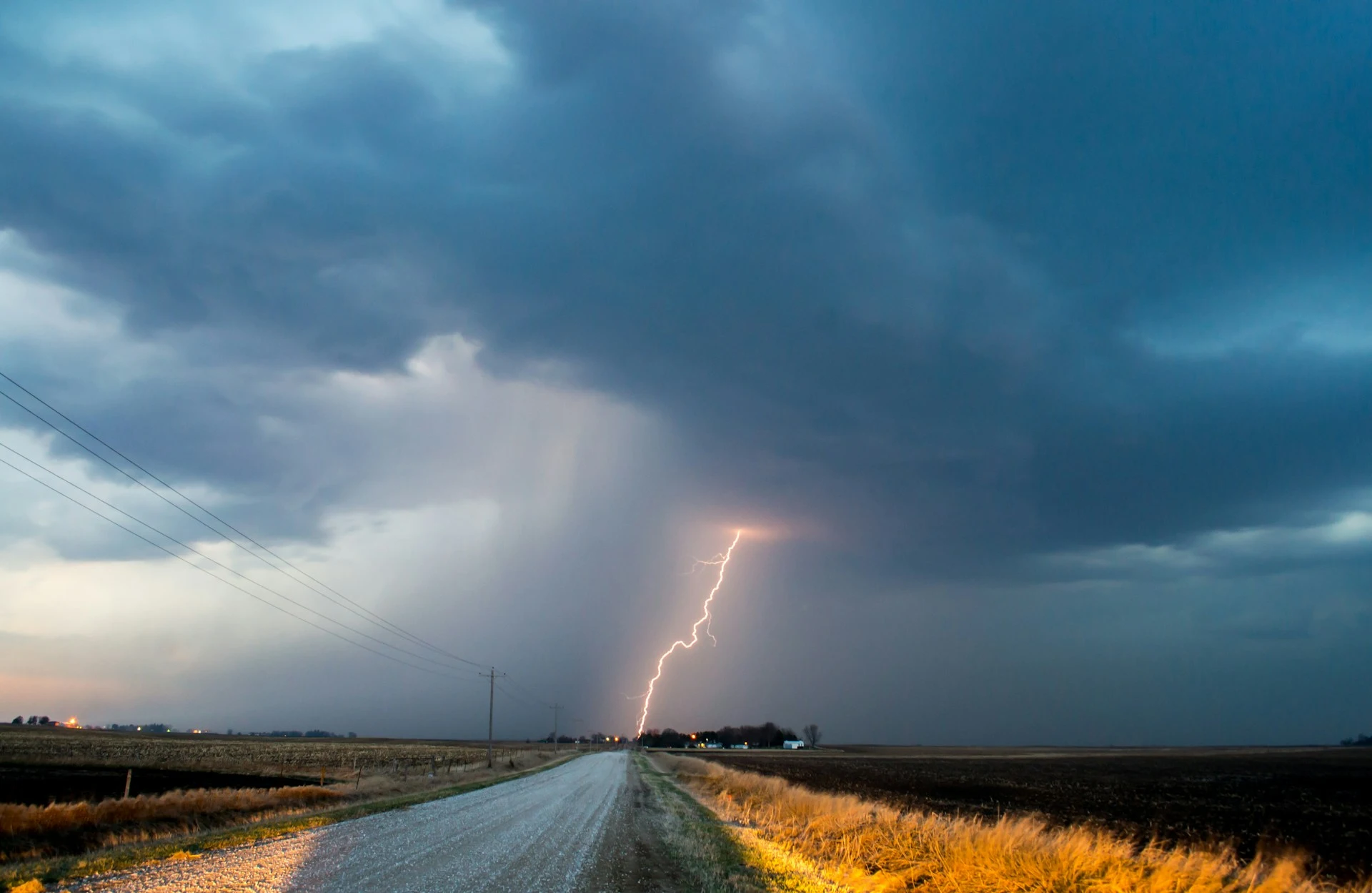
Photo by NOAA on Unsplash
Google Builds New AI-Powered Weather Prediction Model
Researchers at Google built a new weather prediction model called NeuralGCM that combines traditional science and machine learning technologies to provide accurate data on future weather conditions. The study has been published in Nature this Tuesday.
The research is currently available for download and has been made in partnership with the European Centre for Medium-Range Weather Forecasts (ECMWF), Google DeepMind London, Earth, Atmospheric and Planetary Sciences at the Massachusetts Institute of Technology, and the School of Engineering and Applied Sciences at Harvard University.
According to the MIT Technology Review, the new technology could improve precision and significantly reduce the current cost as it requires less computational power.
For over 50 years, general circulation models (GCMs) have been the main tools to analyze Earth’s atmosphere and predict forecasts. However, these methods can be expensive and considerably slow. Machine learning, on the other hand, has been used to process historical data and quickly provide good predictions, but it has issues with long-term forecasts. Google’s team has found a way to combine both technologies making the most of the advantages of each.
“It’s not sort of physics versus AI. It’s really physics and AI together,” said Stephan Hoyer, an AI researcher at Google Research, to MIT Technology Review.
However, it won’t make a big difference for regular weather application users as the new tool is not intended for short-term predictions, it has been developed for long-term predictions and to anticipate extreme weather conditions that could be years away.
“With prescribed sea surface temperature, NeuralGCM can accurately track climate metrics for multiple decades, and climate forecasts with 140-kilometer resolution show emergent phenomena such as realistic frequency and trajectories of tropical cyclones,” states the document.
NeuralGCM will be open source and useful for scientists and people interested in climate conditions like agricultural planners or insurance companies.


 Previous Story
Previous Story

 Latest articles
Latest articles 

Leave a Comment
Cancel